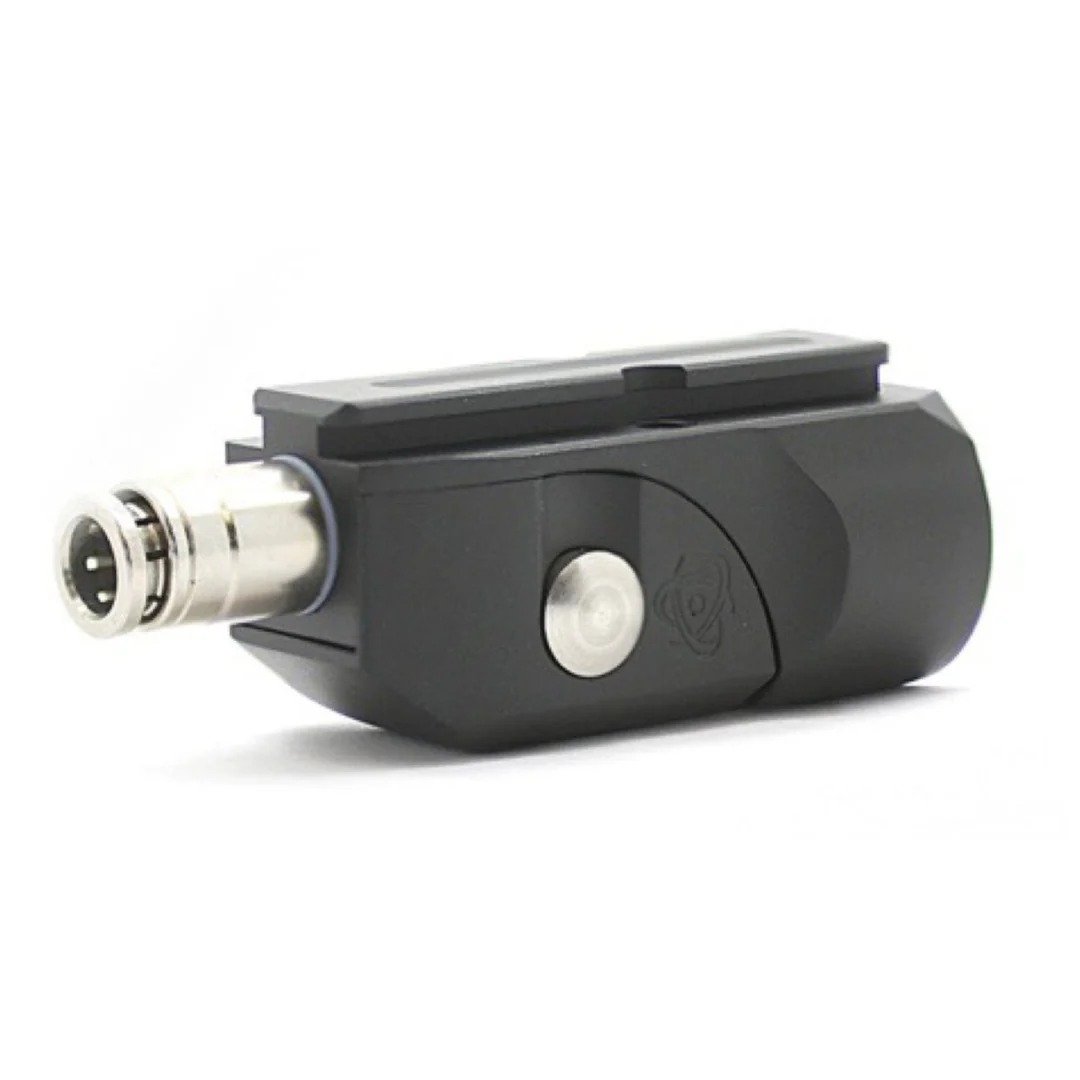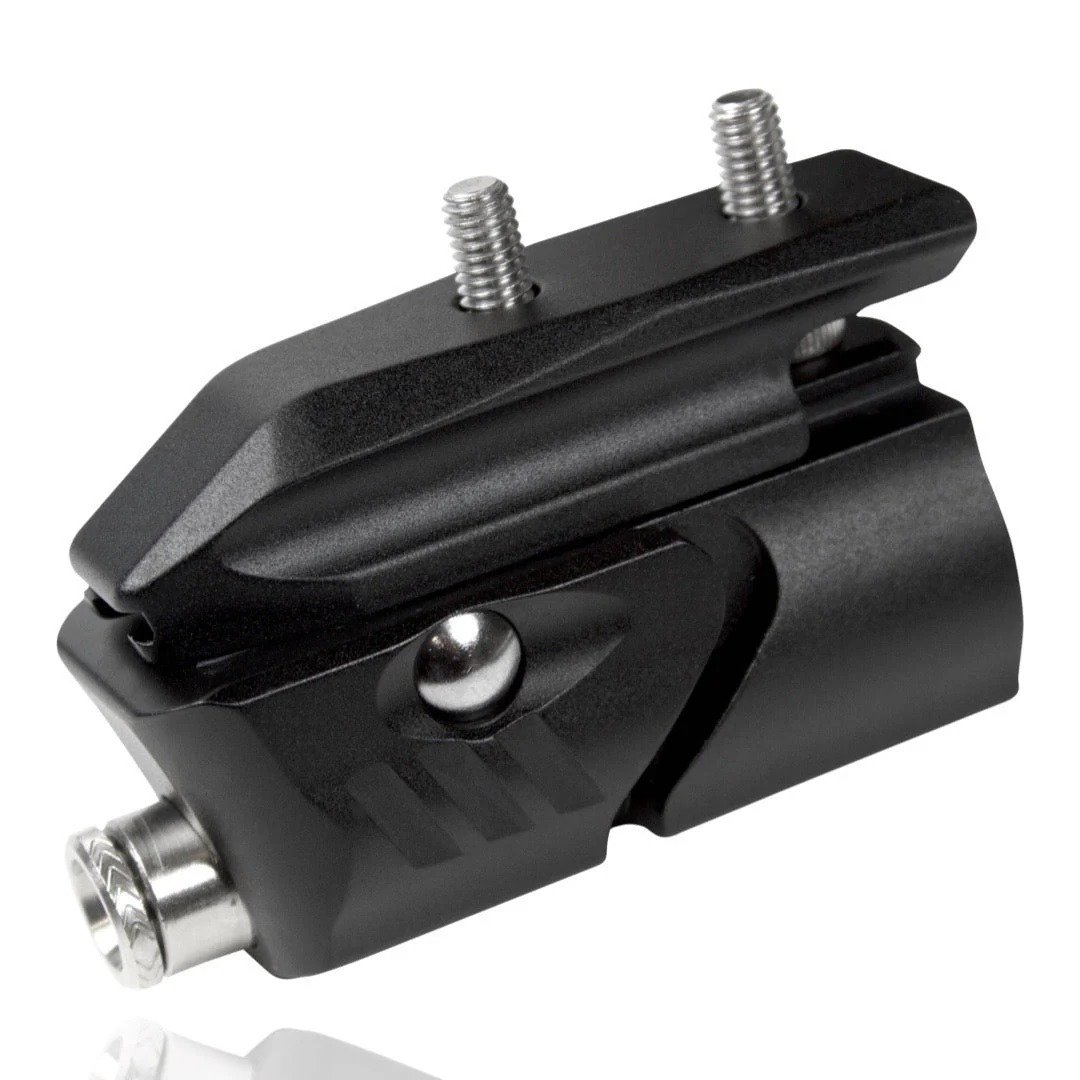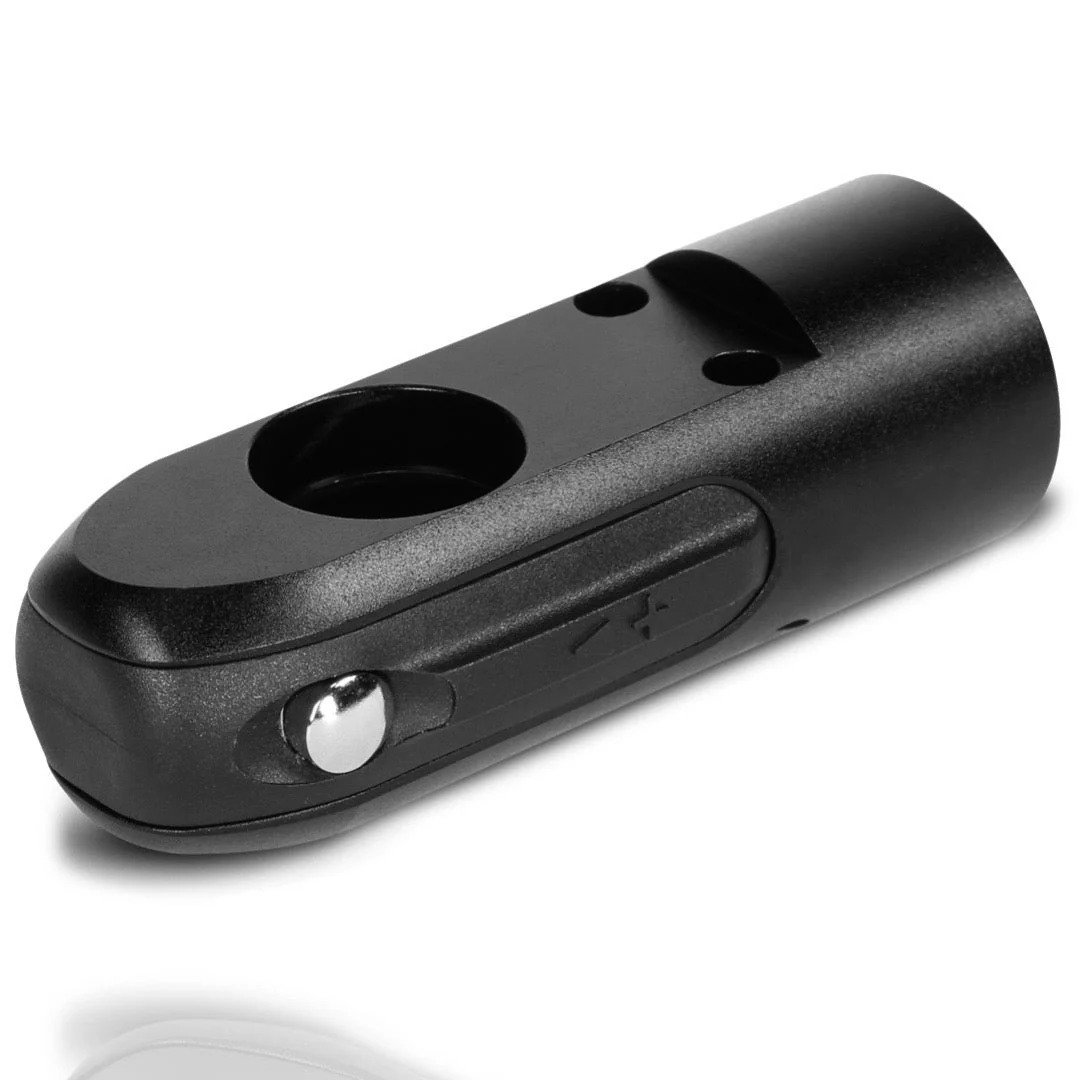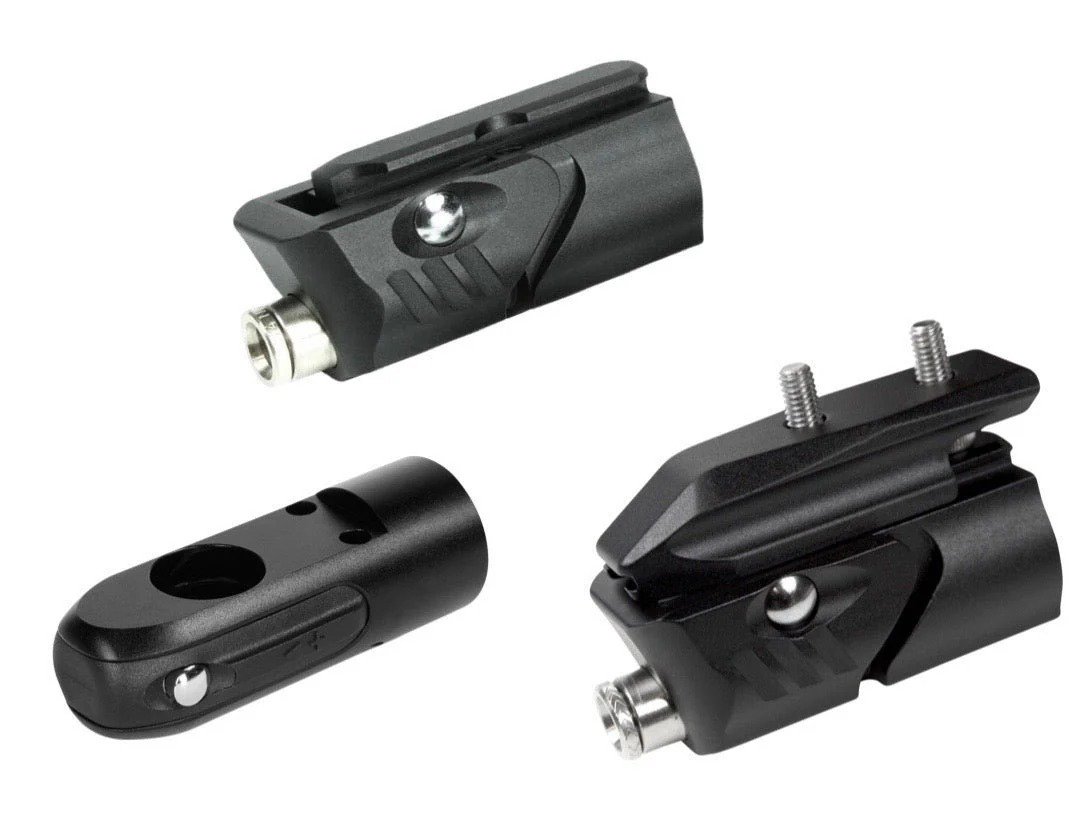Tired of regulatory confusion or surprise rejections during shipping? If you’re dealing with beverage-grade CO2 tanks, missing a hydro test deadline could mean halted operations and lost business.
In the U.S., beverage CO2 tanks must be hydro tested every 5 years. This ensures safety, compliance with DOT regulations, and uninterrupted beverage flow.
Most beverage suppliers I work with didn’t realize their tank certification expired—until a logistics partner flagged it. Let’s go over how to avoid that, maintain food safety standards, and keep your distribution running smoothly.
Table of Contents
Why Do Beverage CO2 Tanks Need Hydro Testing?
Regulations are strict—and with good reason. The pressure in these tanks is no joke.
CO2 tanks used for beverages are legally required to be hydro tested every 5 years. This is a DOT mandate in the United States and a CE requirement across Europe.
Why Do Beverage CO2 Tanks Need Hydro Testing?
| Step | Process Description |
| 1 | Tank is emptied and visually inspected for corrosion or defects |
| 2 | It’s filled with water and pressurized to a level beyond its rated limit |
| 3 | Experts monitor whether the tank expands too much under pressure |
| 4 | If it passes, the tank is marked with a new certification stamp |
| 5 | Failures mean the tank is no longer safe for use or shipping |
Many of our clients (like Michael from Canada) now use refillable tanks for soda dispensing. They appreciate how a valid hydro test certificate helps them pass customs clearance faster, especially when moving goods through strict ports like Rotterdam or LA.
What Happens If You Don’t Hydro Test On Time?
You might still use the tank—but not legally.
Failing to hydro test on time can result in shipping delays, denied entry at ports, and legal liabilities if an incident occurs.
What Are the Risks?
| Risk Type | Impact |
| Compliance | Fines from transportation authorities |
| Safety | Risk of explosion due to metal fatigue |
| Operations | Shipping blocks and customs clearance rejections |
For bulk CO2 cylinder importers like James in the U.S., this isn’t just a technicality—it’s a make-or-break requirement for maintaining supplier credibility.
How to Track and Manage Hydro Test Schedules?
Don’t rely on memory. Put systems in place.
Use batch labeling, supplier-synced reminders, and digital databases to track expiration and renewal timelines for all beverage CO2 tanks.
Proactive Testing Schedule Tips
- Add hydro test dates to your product tracking system
- Request testing certificates during procurement
- Choose suppliers (like Alizee) who provide pre-tested and labeled cylinders
- Educate downstream clients—this builds trust and lowers returns
We help beverage suppliers and e-commerce sellers like Daniel in Mexico by offering documentation and testing records on every shipment.
What Certifications Should You Look For?
Not all tanks are equal—and neither are their markings.
For beverage CO2 cylinders, look for: DOT-3AL (U.S.), CE/PED (EU), NSF or FDA compliance (food-contact assurance).
Understanding Cylinder Markings
| Marking | Meaning |
| DOT-3AL | U.S. certified aluminum cylinder standard |
| CE | European pressure vessel compliance |
| PED | Pressure Equipment Directive in EU |
| Hydro Date (e.g., 04/23) | Month/Year of last test |
| Inspector Stamp | Authorized testing center initials |
At Alizee, we pre-label every beverage cylinder with both production and hydro test dates, saving our clients time during inspections and distribution audits.
Conclusion
Hydro testing your beverage CO2 tanks every 5 years isn’t optional—it’s essential for safety and shipping.






